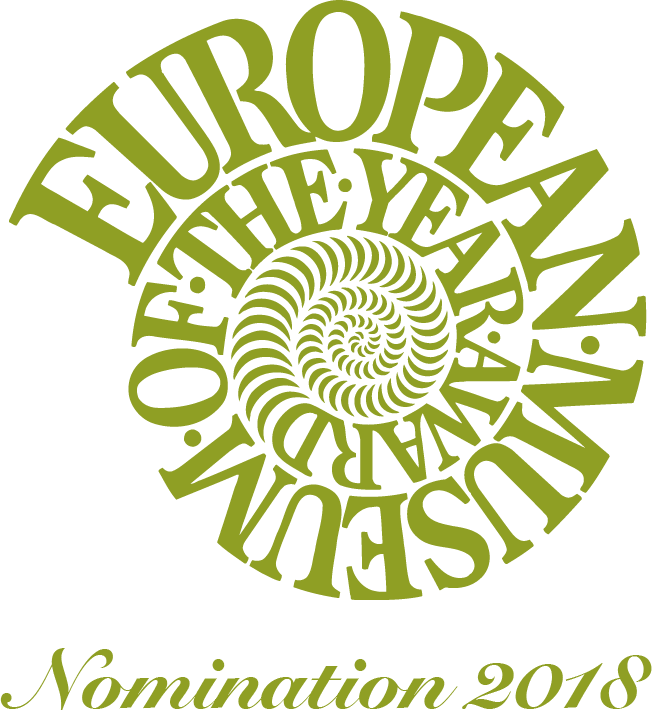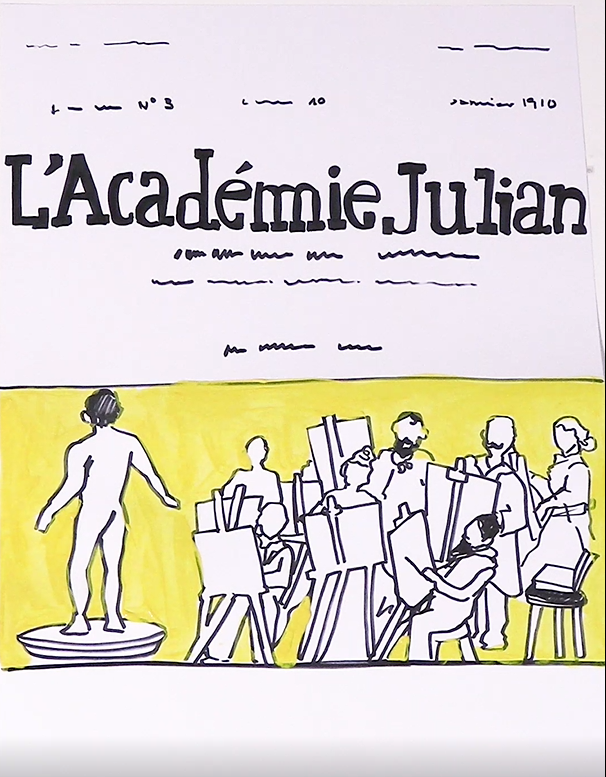The Julian Academy was an art school in Paris that opened in 1868 and was commissioned by the painter Rodolphe Julian. The academy was an alternative for art students of the time that they were not allowed to study in the Paris School of Fine Arts, a space where women were not accepted and where strict access exams had to be passed.
Men and women were trained separately. Women participated in the same studies as men, including drawing and painting nude models. The golden age of the school, when it attracted the most talented students and teachers, was the period 1875–1915. By 1880 it is estimated that the academy had about 600 artists. Many graduates of this period became some of the best modern artists of the late 19th and early 20th century, in fact the most popular moment of school coincided with the post-Impressist movement. Among the graduates were the members of the group of the Nabis, famous for their decorative art.
As we know, Paris became the capital of the world of art and the epicentre of modern art. Many artists traveled to learn about recent novelties in painting, such as Thomas Hart Benton of the United States. On the other hand, the Julian Academy was regarded as a springboard towards the prestigious Paris School of Fine Arts, which prepared students for entrance exams. In addition, students were granted the right to participate in the prestigious Prix de Rome scholarship, awarded to young painters, sculptors or engravers who were more promising and allowed to study art in Rome. The institution also held its own art competitions, and encouraged more avant-garde students to present their work in Paris’s salons.



